Just when I start feeling guilty about not eating enough fish, I see the NBC Today Show segment yesterday, “Is Your Favorite Seafood Toxic?” by Jeff Rossen. I watched with rapt attention, as it revealed that toxic chemicals such as chloramphenicol, malachite green and nitrofurans, (prohibited antimicrobial agents in seafood) are still being found in some of the seafood imported to the US.
The report stated that “this year alone” 8% of seafood imported from China was tainted, and 16% of seafood from Taiwan was poisoned with toxic illegal antibiotics. While that was alarming enough, my jaw dropped when I heard that the FDA is able to test less than 2% of imported seafood.
The worst offenders? Shrimp, catfish, crabmeat and tilapia from China, Taiwan, Vietnam, Malaysia, and Indonesia.
While grocery stores must display the origin of the seafood they sell, the majority of Americans consume seafood at restaurants where there is usually no way of knowing where the seafood originated.
Well, this was certainly eye opening news. We don’t eat out much, so there is little risk for me there. But I have never once asked the nice lady behind the seafood counter where the tilapia I am buying comes from.
So I did some research to find out exactly what I am dealing with.
What is Chloramphenicol?
Chloramphenicol is a broad-spectrum antibiotic that is not approved for use in food producing animals. It is suspected to be a carcinogen and may potentially affect the reproductive system in humans.
What is Malachite Green?
Malachite Green, or MG, was a chemical dye used worldwide in aquaculture as an antifungal for a long period. The main concern in food is its cancer causing potential. It’s still out there.
What are Nitrofurans?
Nitrofurans are a family of antimicrobial agents. The main concern of nitrofurans in food is that a type may cause cancer in experimental animals.
A brief discussion on the evidence that malachite green, chloramphenical and nitrofuran cause cancer is available on the FDA web site http://www.fda.gov/Food/FoodSafety/Product-SpecificInformation/Seafood/ucm119105.htm
All of this certainly sounds worthy of avoiding, to say the least. I remembered that I received a seafood guide earlier this year from the grocery store. I rummaged through the kitchen drawer and found it, the Seafood Selector Pocket Guide from the Environmental Defense Fund.
As I review the information (admittedly, for the first time,) I find it is a fantastic tool. It turns out that tilapia and crabmeat are not the ideal choices for getting more omega 3s in my diet anyway. Tilapia from Asia is clearly listed in the Eco-Worst column. Rainbow trout farmed here in the US may be a better option for me. I love shrimp. The pocket guide tells me that shrimp from the US and Canada, especially pink shrimp from Oregon and spot prawns from Canada, are also good sources of heart-healthy omega-3s and low in contaminants.
I put the guide in the little spiral notebook that I use to prepare my meal plans and grocery shopping lists. And feel a whole lot better.

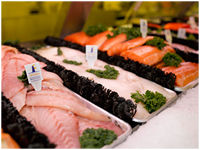


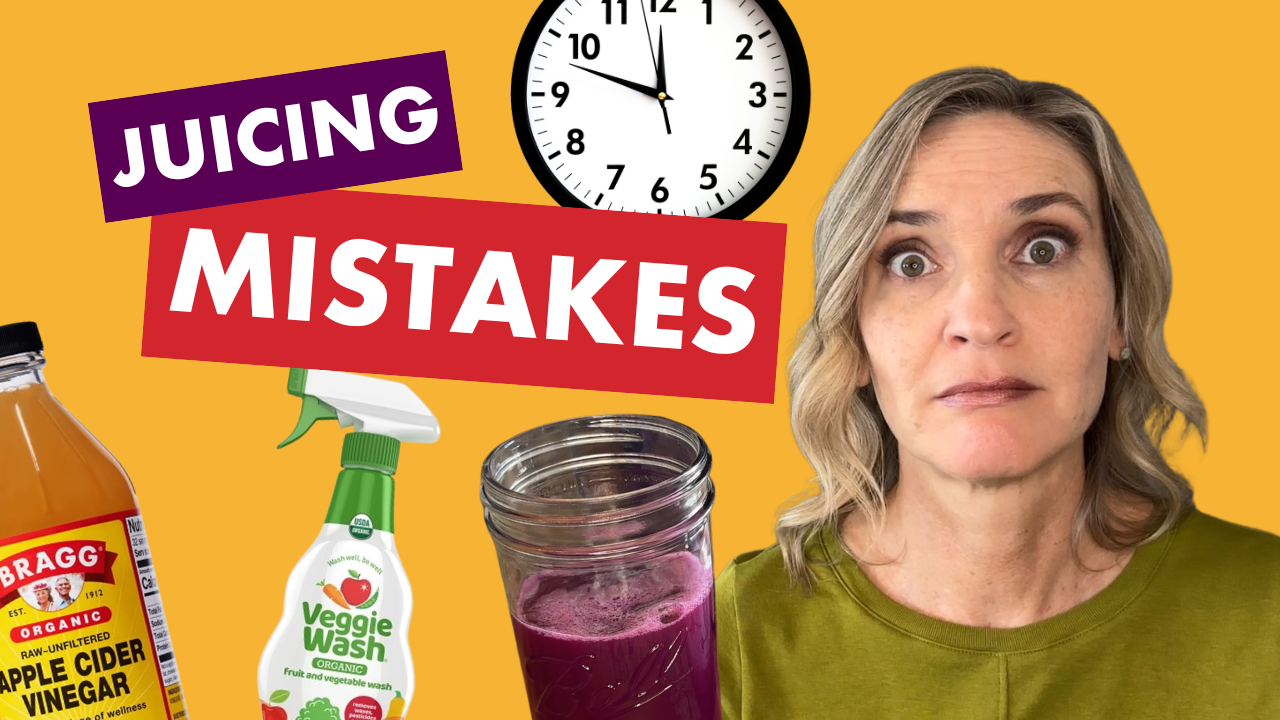
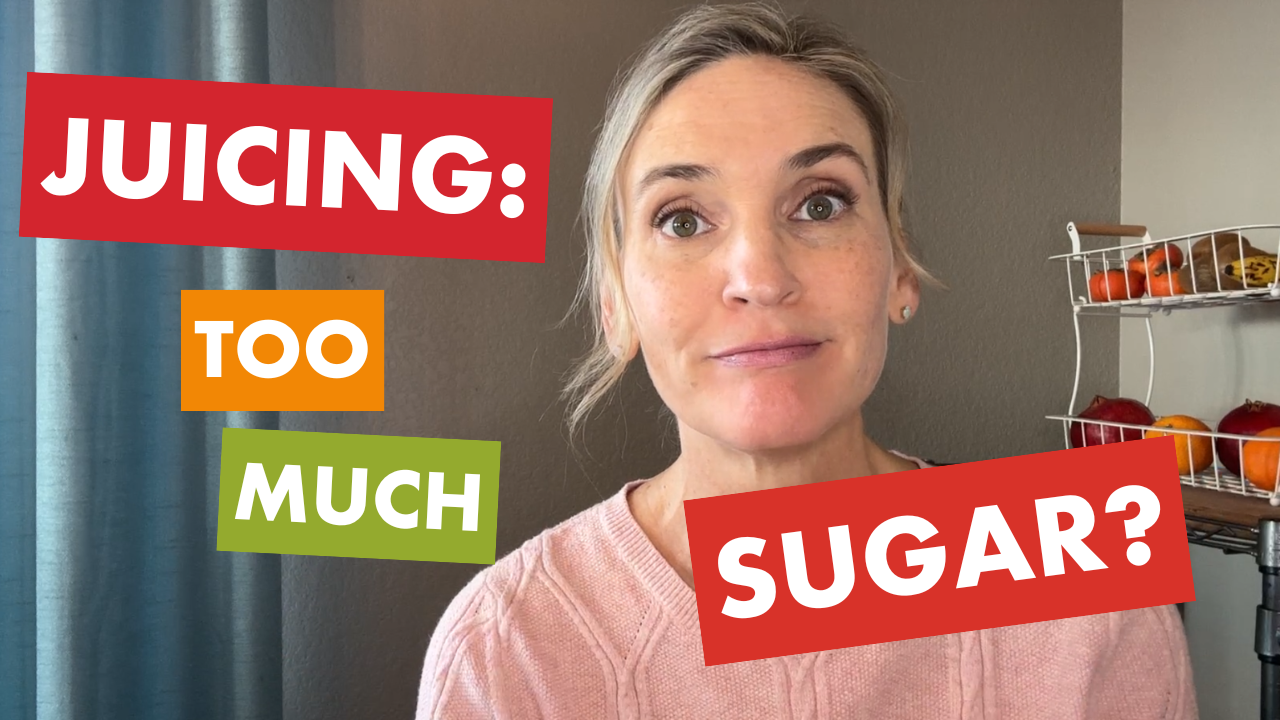
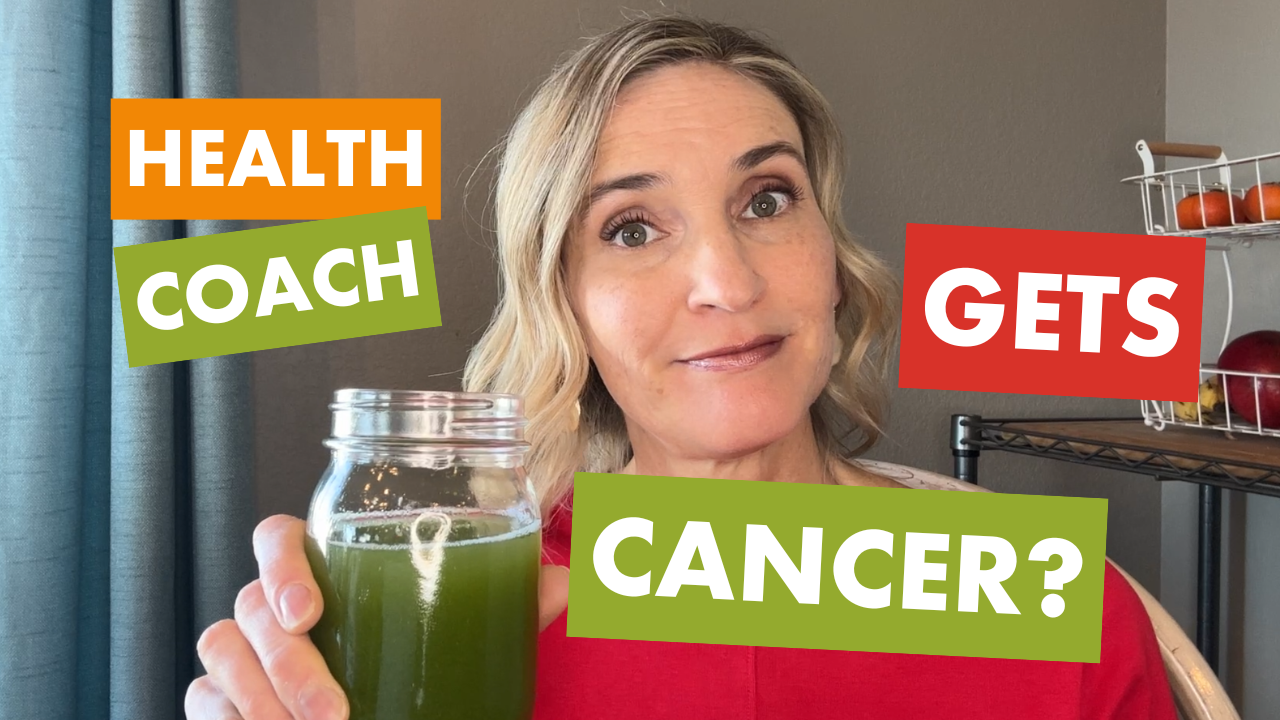
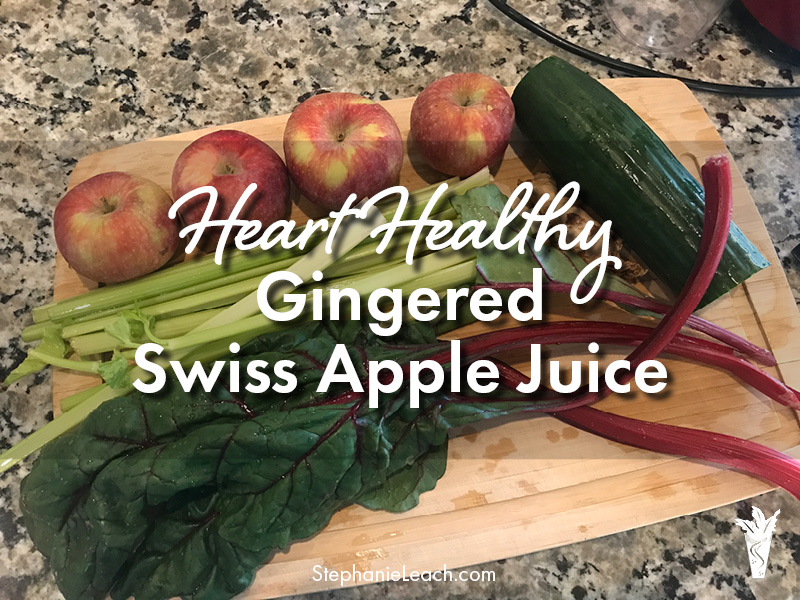
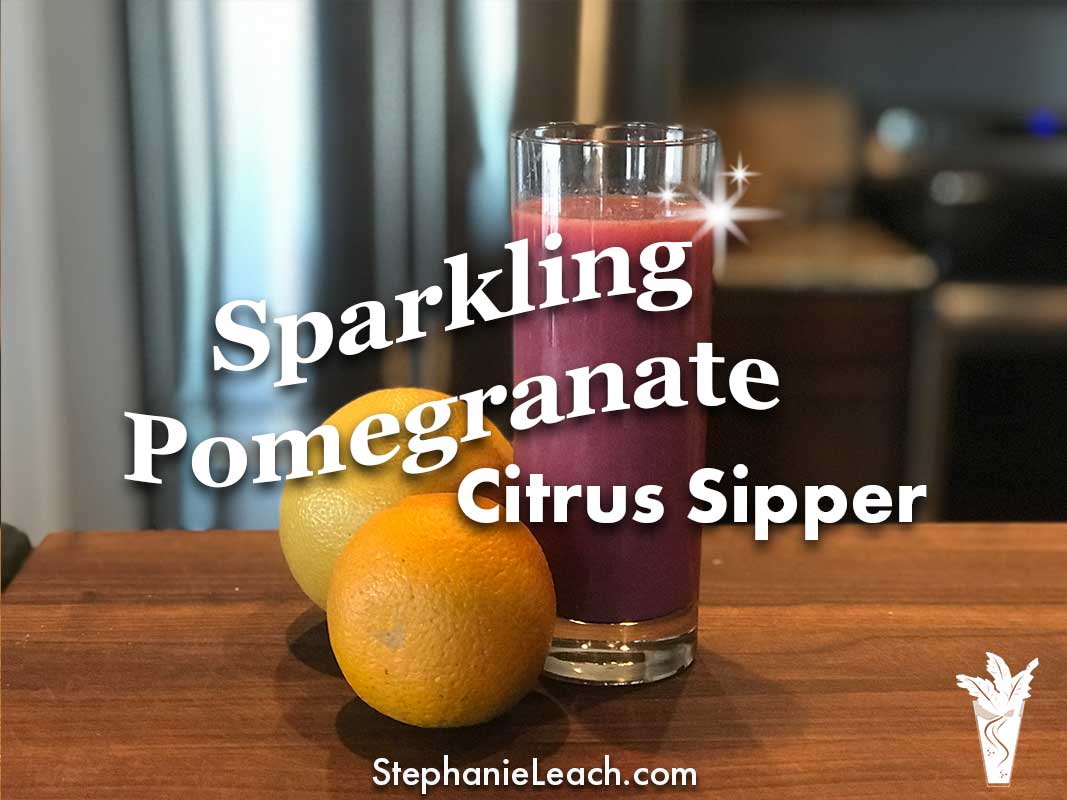
Leave A Comment